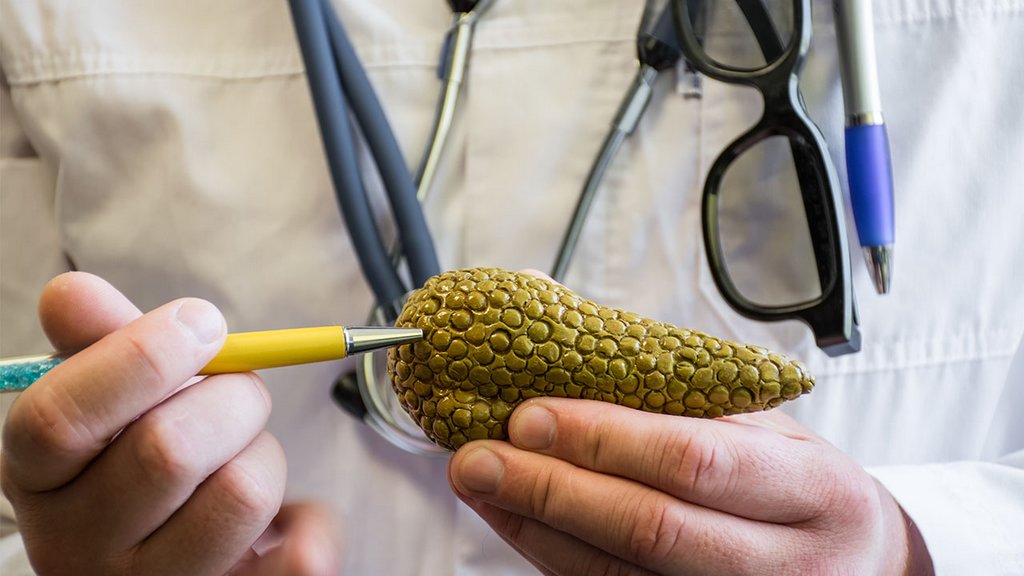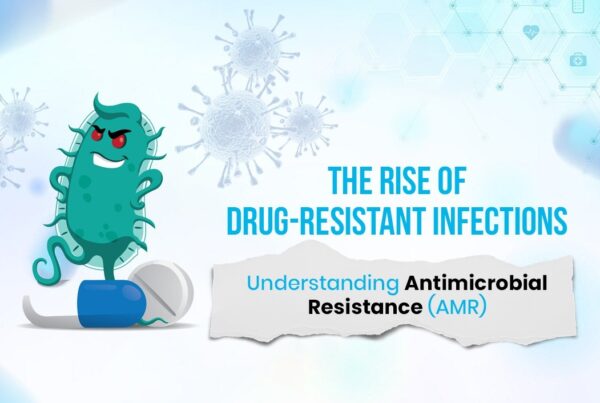Pancreatic Cancer
Cancerous cells grow in the pancreatic tissue, resulting in pancreatic cancer. The pancreas is an organ situated behind the stomach in the abdominal cavity. The pancreas makes many chemicals that help digestion and control blood sugar, like digestive juices, insulin, as well as other hormones. Cancerous cells can appear anywhere in the pancreas. Even so, the lining of the tube that transports digestive juice from the pancreas to the digestive system is perhaps the most regular sight of pancreas cancer.
Pancreatic cancer signs do not appear until the early stages of the disease, which is terrible. Patients display signs when their cancer has progressed to the point that it has spread to other organs. Advanced cancer is difficult to treat and necessitates more intensive treatment.
Forms of Pancreatic Cancer
The pancreas is a gland that acts both as an endocrine and exocrine gland. Exocrine glands send chemicals into a duct, while endocrine glands secrete chemicals straight into the blood. In the duodenum, the exocrine gland secretes enzymes that assist in the metabolism of proteins, carbohydrates, fats, and acids. And over % of all pancreatic cancers are exocrine pancreatic cancers of different forms.
Pancreatic cancer is classified into two categories based on the location of cancer within the pancreas.
Endocrine pancreatic cancer: Endocrine pancreatic cancer is a rare form of pancreatic cancer. Somatostatinomas, glucagonomas and insulinomas, and are the three forms of endocrine pancreatic cancer.
Exocrine Pancreatic Cancer: Sadly, the majority of pancreatic tumors are cancerous. Giant cell carcinoma, acinar cell carcinoma, and adenosquamous carcinoma are examples of exocrine pancreatic cancer.
Pancreatic Carcinoma Risk Factors
While the cause of pancreatic cancer is unclear, many factors raise the risk. The following are the factors:
1.The Lynch syndrome is an inherited disorder.
2.Exposure to chemicals like pesticides and dyes.
3.Cirrhosis of the liver, chronic pancreatitis, or gingivitis is some of the underlying conditions.
4.Pancreatic cancer is more common in men.
5.Tobacco use, a lack of physical exercise, or being overweight are all factors that lead to obesity.
Pancreatic Cancer Treatment
Diagnosis for pancreatic cancer is decided by the disease’s level. The following are some of the treatment plans.
Radiation Therapy: Radiation therapy is a form of cancer treatment that uses high levels of radiation to kill cancer cells. When conducting surgery, the physician uses radiation therapy in certain cases.
Surgery: The tumor can be removed by surgery by the doctor. In certain cases, the doctor will conduct surgery to remove the whole pancreas.
Chemotherapy: Chemotherapy is the application of drugs to cancer cells to destroy them. When cancer cells spread in the body even then it is effective. Radiation therapy is often used in conjunction with chemotherapy by physicians.
How to Prevent Pancreatic Cancer?
You will lower the risk of cancer by taking the following steps.
1.Smoking must be prohibited.
2.Exercise regularly
3.clean diet
4.Keeping a balanced body weight.
Pancreatic Cancer Symptoms
In the early stages of pancreatic cancer, patients develop symptoms. The existence of a few signs does not mean that pancreatic cancer is present. Other existing medical problems may be triggering the signs. The following are some of the signs of pancreatic cancer.
Pain in the abdomen or back: Pancreatic cancer can trigger pain in the abdomen or back. Cancer-related growth of the pancreas may place pressure on the surrounding organs, causing pain. Furthermore, the pancreas pressurizes adjacent nerves, resulting in pain.
Liver or Gallbladder widening: Pancreatic cancer could trigger gallbladder or liver widening. When the bile duct is blocked by cancer, bile builds up in the gallbladder, triggering gallbladder enlargement. When pancreatic cancer has spread to the liver, it can cause liver expansion.
Diabetes: Insulin-secreting cells are located in the pancreas. When cancer destroys these cells, the person can develop diabetes signs. Frequent urination, extreme thirst and appetite, and constant fatigue are all signs of diabetes.
Nausea and vomiting: Cancer of the pancreas could trigger stomach issues. Nausea and vomiting are potential side effects. The patient can experience stomach problems that worsen when they eat.
Anomalous Weight Loss: People with pancreatic cancer, like those with certain cancers, may undergo unexpected weight loss.
Blood Clots: Blood clots could be the first sign of pancreatic cancer in certain cases. The bulk of blood clots occur in the legs. Deep vein thrombosis is the medical term for this disease. When a blood clot travels to the lungs and can cause breathing problems.
Lack of Appetite: Pancreatic cancer affects muscle protein to dissolve and burns calories than average. Patients’ appetites are often suppressed by it.
Fatigue: Alternatively, a pancreatic cancer patient can feel severe exhaustion and exhaustion.
Final thoughts
In the initial stages of pancreatic cancer, there may be no symptoms. Schedule an appointment with your physician if you have any one of these signs.
1.If you have jaundice or some other alarming signs.
2.If you have a family history of pancreatic cancer be careful.
3.If you have a lot of exhaustion, nausea, and vomiting.
4.If you’re at a higher risk for pancreatic cancer.









